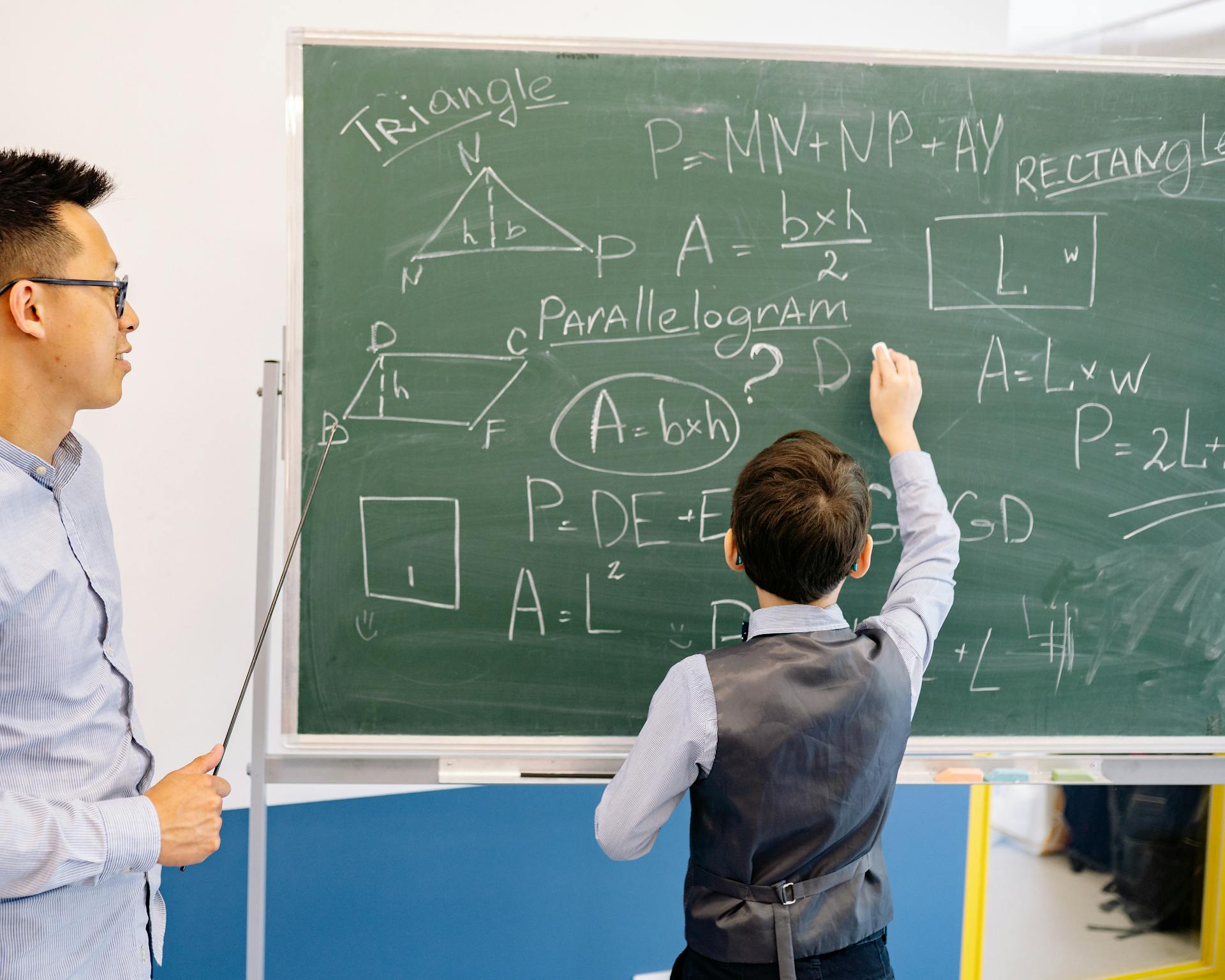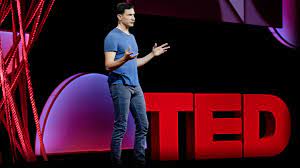Problems.
We face them every day, from small inconveniences like having a button fall off your shirt before an important meeting, to larger issues like climate change and poverty.
Oftentimes these issues can feel overwhelming and unsolvable. But having the ability to systematically break problems down and develop solutions is an invaluable skill both personally and professionally.
In the following article, I’ll analyze what constitutes a problem, different types of problems, general stages of the problem-solving process, barriers we often encounter, useful skills to employ, ways to improve, the importance of persistence and creativity, how problem-solving manifests in daily situations, and where the future of problem-solving may lead us.
My goal is to provide a thoughtful look at the topic that empowers readers to approach problems, no matter the size, with strategic thinking and confidence.
What Makes a Problem a Problem?
Before analyzing the ins and outs of the problem solving process itself, it’s important to understand what categorizes something as a problem in the first place.
There are two essential criteria:
- A less-than-ideal situation: This may involve obstacles like financial constraints, interpersonal conflicts, or resource limitations that create difficulty in achieving a desired outcome.
- A gap between the current and goal state: There is a measurable discrepancy between existing circumstances and criteria for success, satisfaction, or standards that needs to be closed.
In other words, problems require someone to traverse from Point A to Point B when there is no clear or straight path to get there. Now let’s explore different kinds of problems that illustrate this.
Types of Problems
Problems come in all shapes and sizes, from minor personal problems to far-reaching societal ones. They can generally be categorized into four types:
- Personal problems – Issues that individuals face themselves, like time management struggles, interpersonal conflicts, health concerns, financial constraints, career progression barriers, and more intimate worries.
- Technical problems – Problems related to processes, designs, infrastructure, machinery, hardware, software, or other systems of a mechanical or technological nature. Examples include production defects, computer glitches, car malfunctions, programming bugs, website crashes, pipeline corrosion, etc.
- Scientific problems – Mysteries of the natural world that need deciphering, whether unanswered questions about astrophysics, gaps in medical knowledge, environmental difficulties, or other phenomena requiring hypothesis testing, experimentation, data analysis, and building out theories.
- Societal problems– Challenges faced by humanity at large, locally or globally, including hunger, poverty, lack of access to education or healthcare, housing shortages, organized crime, domestic violence, global warming, clean drinking water scarcity, infrastructure failings, etc. These issues tend to be complex with economic, cultural, governmental, and social dimensions.
Having defined what constitutes a problem and different buckets they can fall into, let’s now break down the step-by-step process experts use to solve them.
Stages of Problem Solving
While each problem presents its unique challenges, experts approach them using the following general framework:
1. Identify Issue
Clearly articulate what the central issue is and set an initial goal. Gather background intel to understand contributing factors.
2. Analyze
Break the issue down into parts. Identify constraints and resources. Determine root causes. Clearly define objectives.
3. Ideate Solutions
Brainstorm creative ideas. Research potential solutions. Weigh the pros and cons of each.
4. Select & Plan
Choose the optimal solution(s) based on factors like resources, feasibility, and efficiency. Map out an implementation plan.
5. Execute
Carry out the plan, step-by-step. Adapt as needed based on outcomes and changing parameters.
6. Evaluate
Analyze results against goals. Determine what worked well and what needs modification. Quantify gains.
This provides a high-level overview of the cycles experts go through to evolve a problem to a solution, though the particulars will differ for each scenario. With the process itself covered, what derails people most along the way? Let’s discuss that next.
Common Barriers to Problem Solving
While the framework above outlines a logically ordered approach, roadblocks often arise that can impede effective problem solving. Common barriers include:
- Prematurely jumping to solutions – Attempting to solve an ill-defined or poorly analyzed problem generally leads to inadequate or short-term fixes.
- Applying the same solution to different problems – Using cookie-cutter approaches indicate a lack of depth in understanding root causes or fully appreciating the nuances of different challenges.
- Confirmation bias – Interpreting information or pursuing next steps primarily in alignment with one’s preconceptions often hinders objectivity and attribution of appropriate weight to alternate view points.
- Groupthink – Peer pressure to align on consensus decisions without critical evaluation of alternatives can override individual caution or dissent that could unveil better solutions.
- Short-term mindset – Prioritizing immediate payoffs versus long-term investments can undermine sustainably overcoming complex, multi-layered challenges.
- Resource constraints – Lack of funding, qualified talent, data and information, technology, equipment, or other assets can significantly handicap solution quality.
- Entrenchment – Unwillingness to adapt approaches, shift paradigms, or evolve thinking creates mental roadblocks to creative progress.
The most successful problem solvers are able to recognize these barriers and purposely design processes that circumvent these pitfalls. But doing so relies on employing key skills, which we’ll explore next.
Important Problem-Solving Skills
Experts leverage a combination of specialized knowledge and universal cognitive capabilities when tackling problems systematically.
Key generalized skills include:
Critical Thinking – Analyzing information in an objective, rational way to ascertain validity, challenge assumptions, and consider alternatives.
Quantitative Reasoning – Leveraging math and statistics to extract insights from data for determining probabilities, evaluating tradeoffs, and numerical thinking.
Complex Systems Understanding – Recognizing interconnected components that produce emergent effects and appreciating changes in one area ripple across others.
Creativity – Conceiving innovative ideas and connections between disparate concepts through unleashing imagination.
Perseverance – Persisting in the face of obstacles, setbacks, or slow progress via commitment, grit, resilience, and a growth mindset.
Let’s explore best practices anyone can apply to level up these faculties.
How to Improve Problem Solving Abilities
Fortifying problem solving skills requires tapping areas we often neglect – our attitudes and mental habits.
Follow these tips to enhance your capabilities:
Cultivate curiosity – Retain a beginner’s mindset by questioning assumptions and investigating root causes even in familiar domains. Fight complacency.
Welcome failures– Make small mistakes often and quickly without self-judgment to accelerate learning. Autopsy setbacks for insights.
Embrace ambiguity– Lean into uncertain situations with vigilance and inquisitiveness rather than discomfort.
Zoom out, zoom in – Train ability to toggle between high level systemic thinking and detailed technical precision fluidly.
Iteration over perfection– Ship early versions for market feedback to evolve solutions rapidly versus waiting for completion.
Diversify inputs – Expose yourself to wide ranging ideas, data sources, methods, collaborators, and experience to fuel creative connections.
Meta-learning – Periodically analyze the evolution of your own problem solving process to identify what techniques work best for you to intentionally sharpen these.
While building skills takes dedicated focus and effort, what role does sheer persistence play? As it turns out, a very big one.
The Value of Persistence
“Nothing in this world can take the place of persistence. Talent will not: nothing is more common than unsuccessful men with talent. Genius will not; unrewarded genius is almost a proverb. Education will not: the world is full of educated derelicts. Persistence and determination alone are omnipotent.”
This insight on the irreplaceable value of persistence comes from Calvin Coolidge, the 30th President of the United States. And history bears out how the ability to keep going in the face of obstacles, boredom, or slow progress is ultimately what makes the difference between success and failure, especially in problem solving.
We see this with entrepreneurs. Startup borns’ greatest competitive advantage is their relentless passion and commitment, not initial resources. They tenaciously chip away at product-market fit one small customer discovery conversation at a time.
We see this with scientists. Thomas Edison famously conducted 1,000 failed experiments to create the incandescent lightbulb. But failure number 1,001 did the trick – powered by persistence.
We see this in social reform. The decades long battles for women’s suffrage and civil rights exemplify that change comes inch by inch in the face of structural adversity until the inches become miles and progress finally culminates.
The fruits of problem solving come to those who can simply stay in the game long enough. But beyond sheer persistence, fostering creativity also unlocks breakthroughs.
Cultivating Creativity
While problem solving benefits from analytic rigor, persistence alone risks reaching dead ends eventually if solely reliant on brute force.
Creativity is necessary to traverse unforeseen obstacles or shift to completely different paradigms. Cultivating more inventive approaches involves strategies like:
- Gathering eclectic, cross-disciplinary inspiration
- Combining existing ideas into novel configurations
- Using metaphors and analogies to link disparate concepts
- Taking mental breaks and sleeping on problems to activate subconscious processing
- Brainstorming extensively before assessing the feasibility of options
- Adopting beginner mindsets to re-perceive issues with fresh eyes
Integrating creative shake-ups into systematic problem solving frameworks keeps the process nimble. With foundational theory now covered, how does this play out when navigating daily challenges?
Problem Solving in Daily Life
While the formal problem solving models seem abstract, we employ similar mental cycles informally to tackle obstacles big and small constantly. Think through examples like:
Lost your passport: It’s probably either buried in your messy home office or was left at the airport security checkpoint. You mentally visualize both scenarios to try recalling more contextual cues. You call the airport lost and found. Then, you decide to methodically sort through your office since passport replacement is costly if it’s not at the airport. After an hour you find it under a stack of boxes, crisis averted!
You want to repaint your living room: You research color options balanced with resale value considerations. You evaluate paint types between durability and ease of application. With toddlers that could scratch the walls, washability trumps everything. You choose a grey-blue hue in high gloss enamel. After painting you recognize the color clashes with your floors and furniture. Back to the drawing board!
Unhappy at your job: You analyze why – lack or recognition, monotonous tasks, long hours, annoying coworkers. You define success as finding remote work with flexible hours and more creative projects. You brainstorm roles to apply for, leveraging your writing skills. So you spruce up your website and LinkedIn Profile. Once employed as a freelance content creator, fulfillment increases!
While casual, these examples demonstrate the same systematic progression from problem identification, to analysis, solution decisions, execution, and evaluation that the experts prescribe. We naturally develop frameworks that work best for addressing challenges we face routinely in our own lives.
Problems are guaranteed to keep arising though, often in novel ways thanks to the rapidly evolving technological, economic, and social shifts of the 21st century.
What does the future of problem solving hold?
The Future of Problem Solving
Current times feel uniquely turbulent and complex, flooded with “wicked problems” that defy simple solutions. Issues like climate change, growing cybercrime, wealth inequality, disinformation epidemics, automation impacts, food and water shortages, etc feel ominous. But three major trends provide hope:
Integrated Approaches: More interdisciplinary systems thinking traversing policy, business, economics, technology, healthcare, climate, and other realms to drive sophisticated solutions.
Augmented Intelligence: Humans partnering with data science and AI to bring together our complementary strengths of creativity, judgment, ethics, and empathy with computing scale and precision.
Technology Leaps: Breakthroughs from quantum computing to 3D printing to biotech to green energy that will fundamentally reshape possibility spaces and options.
By taking advantage of these paradigm shifts while honing foundational problem solving faculties, both individually and collectively, the great challenges of our times can become catalysts for progress versus collapse.
TL;DR
Problems constitute a gap between current and desired states. They come in technical, scientific, societal, and personal varieties. Experts tackle them via a six-step process to identify issues, analyze patterns, brainstorm solutions, evaluate options, execute a plan, and monitor efficacy.
Obstacles like groupthink, bias, and resource constraints often derail success. Key skills include systems thinking, statistical reasoning, and creativity. Being persistent, gathering diverse inputs, and questioning assumptions helps improve.
We already solve problems daily. Future trends may help solve problems at scale.
Q&A
What are examples of technical problems?
Examples include production defects, computer glitches, car malfunctions, programming bugs, website crashes, pipeline corrosion, robotic failures, etc.
What is an example of groupthink holding back solutions?
The Challenger space shuttle disaster resulted from groupthink – everyone knew the O rings had problems below 50 degrees but no one spoke up to question the launch decision, leading to an explosion killing all astronauts onboard.
How can we improve our creativity?
We can improve creativity by exposing ourselves to diverse ideas across different fields, taking mental breaks to activate subconscious thinking, brainstorming extensively before judging ideas, using metaphors and analogies to link disparate concepts, and adopting beginner mindsets.
Why is problem solving hard?
Problem solving is hard because often we face challenges involving complex systems we don’t fully understand, unclear or conflicting data, constraints like budgets or deadlines, biases that cloud judgment, stakeholder disagreements, unintended consequences of solutions, and sheer persistence required to create change.
I aimed to cover problem-solving thoroughly from multiple vantage points while keeping the post digestible and actionable. Please let me know if you have any other questions!





